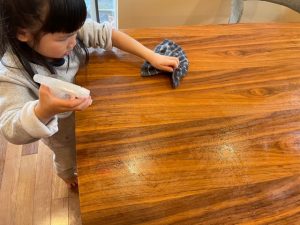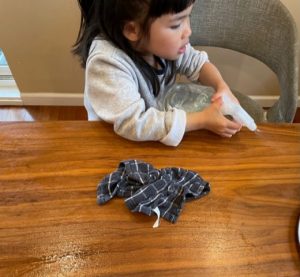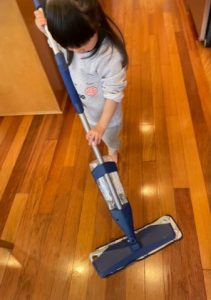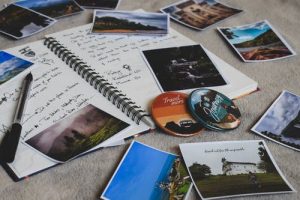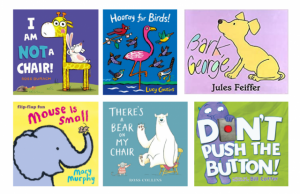The beginning of the year is a great time to set goals for your family. It’s a great way to start off a new and successful year for every member of the household. And, it is even more important this year, given that we are dealing with uncertain times caused by the pandemic and just starting to see the road ahead.
So, how can you create set goals, draw up plans and make resolutions for yourself and your kids that will move you towards your goals?
Set the goals
To start, take time to brainstorm New Year’s goals for every family member. While parents might be tempted to help set children’s goals and help them make resolutions (i.e., get an “A” in math), do give children the opportunity to set what that they really want to achieve. Goals being set by children themselves allow them to take ownership of the goals, and thus they have more motivation to achieve those goals.
But help your kids set specific and clearly defined ones that are achievable and measurable. By breaking down the goals into smaller and shorter-term ones, it increases the chance of achieving them.
Also, focus setting goals based on children’s performance and effort, instead of comparing them to standard outcomes and results. Help children understand the importance of challenging themselves and to strive for their personal best and remind them that reaching the goals requires patience and persistence.
Write it down
Write down the goals, along with a detailed plan of the steps to reach them. Set a reasonable timeline, and let children know that while the resolutions are set in the beginning of the year, it usually takes much longer time to achieve the goals.
Create visual reminders to use as a reminder and for encouragement. Write the goals on children’s student planners, family calendars, vision board, diary or journal, and regularly document the progress.
Share with each other
Share your resolutions with each other. It can help to provide encouragement, and a little bit of family pressure and accountability is powerful. Thus, children will be more likely to commit and follow through with the goals set.
Make an action plan
Now take the plan and put it in action. However small your first step is, take that initial step toward your resolutions. Resolutions are simply wishful thinking unless we take steps to make them happen.
Keep it positive
Keep focus on the good habits or goals we want to achieve, instead of bad habits we want to change (e.g., “I want to become healthier by eating three servings of vegetables a day,” instead of “Eat less junk food”). By making the resolutions into a positive experience, we are more likely to achieve positive results.
Also, surround your family with inspiration. Various forms of inspiration include motivational quotes or proverbs, visualization techniques, inspirational songs or positive role models. Find creative ways to provide extra encouragement when needed, whether it is a motivational poster or a simple note in your child’s lunch box.
Remain optimistic and flexible with the resolutions, as situations and plans will change from time to time. Encourage children to learn from experiences, and celebrate the little successes. Setting New Year’s resolutions can be a powerful way to inspire and motivate your entire family — and also bring you all closer together.
 o children about old memories, past trips and plan for future trips.
o children about old memories, past trips and plan for future trips.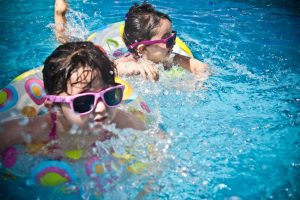

 For more ideas, see
For more ideas, see 